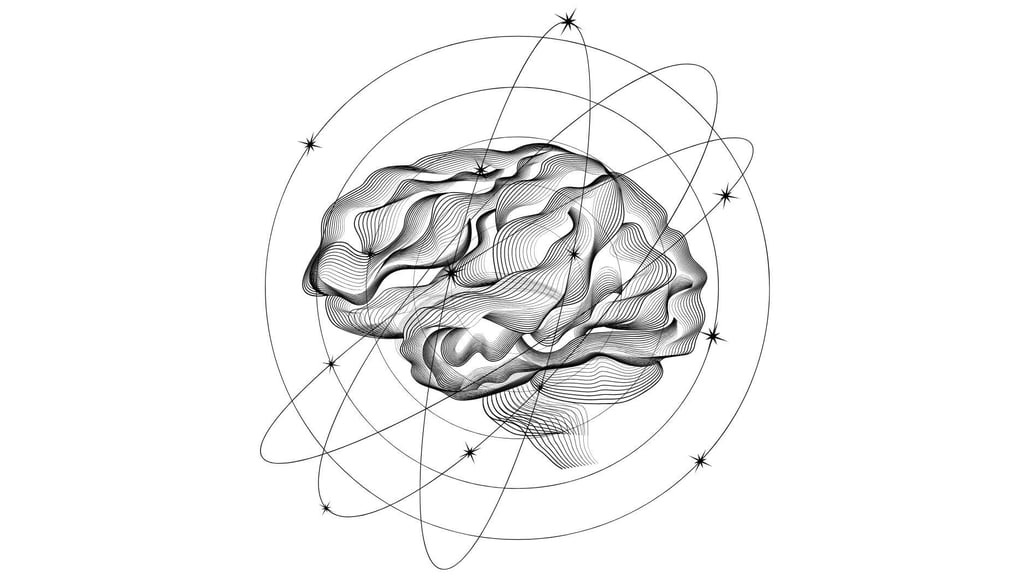Is controlled breathing just wellness theatre, or does it create
measurable cognitive changes? The evidence is clear: specific breathing
patterns—particularly box breathing—activate the parasympathetic nervous
system within minutes, shifting your autonomic state from sympathetic
dominance (fight-or-flight) to a more balanced state that supports
flexible thinking. This isn't about "feeling calmer" in some vague
sense; it's about creating the physiological conditions that allow your
prefrontal cortex to regain functional priority over your amygdala.
Box Breathing Protocol (2-3 Minutes)
Complete 8-10 cycles. This practice improves heart
rate variability (HRV), a key marker of your body's stress management
capacity, and helps reduce circulating cortisol levels.
What's actually happening physiologically during box breathing? The
extended exhale and hold phases stimulate the vagus nerve, which is the
primary pathway of the parasympathetic nervous system. Vagal activation
triggers a cascade of anti-stress responses: heart rate slows, blood
pressure decreases, and the ratio of oxygen to carbon dioxide in your
blood shifts in ways that reduce sympathetic arousal. Within 90-120
seconds, you'll typically notice subjective changes—reduced muscle
tension, clearer thinking, decreased sense of urgency—that reflect these
underlying shifts.
Should you follow breathing with complete stillness, or is movement
helpful? Brief, gentle movement immediately after breathing creates a
complementary effect by helping metabolise stress hormones that are
already circulating in your bloodstream. The key is keeping it
light—60-90 seconds of rhythmic, repetitive movements that don't require
coordination or significant exertion. Think arm swings, gentle neck
rolls, or easy walking rather than anything that could add physical
stress. The movement serves as a physical "reset" that complements the
nervous system reset from breathing.
Movement Microdose Protocol
-
Duration: 60-90 seconds immediately following
box breathing
-
Intensity: Light—you should be able to maintain
normal breathing
-
Type: Rhythmic and repetitive—arm swings, gentle
stretches, easy walking
-
Purpose: Metabolise circulating stress hormones
without adding physical stress
How do you apply task triage immediately after this reset protocol? With
your nervous system rebalanced, revisit the three-zone system: green
(routine tasks with clear procedures), yellow (moderate complexity with
established frameworks), and red (high-flexibility creative or strategic
work). In most cases, even after a successful reset, you should still
defer genuine red-zone tasks if possible—the breathing and movement
create space for better thinking, but they don't fully restore the
cognitive resources that significant sleep loss or chronic stress have
depleted.
Can you use this breathing protocol multiple times throughout a
stressful day? Yes, and in fact, you should use it proactively
rather than waiting for acute overwhelm. Setting a timer to perform the
breathing reset every two hours during high-pressure periods prevents
stress from accumulating to the point where cognitive flexibility is
severely compromised. Think of it like regular system maintenance—you're
preventing problems rather than just responding to breakdowns. Each
reset takes less than five minutes total (2-3 minutes breathing plus
60-90 seconds movement) but can preserve hours of productive cognitive
capacity.

What if breathing exercises make you feel lightheaded or anxious instead
of calmer? This occasionally happens, usually because you're breathing
too deeply or holding for too long relative to your current lung
capacity and stress state. If box breathing feels uncomfortable, start
with a 3-3-3-3 count instead of 4-4-4-4, or even 2-2-2-2. The specific
count matters less than the evenness of the pattern and the extended
exhale, which is where most of the vagal stimulation occurs. Gradually
extend the count as your capacity improves. If dizziness persists, stop
the practice and consult a healthcare provider, as it could indicate an
underlying respiratory or cardiovascular issue. Supporting this protocol
with the right compounds—detailed in our
SynaBoost natural nootropic review—can provide additional physiological support for stress resilience.
Also review our
mood nootropics stack
for stress management support.
